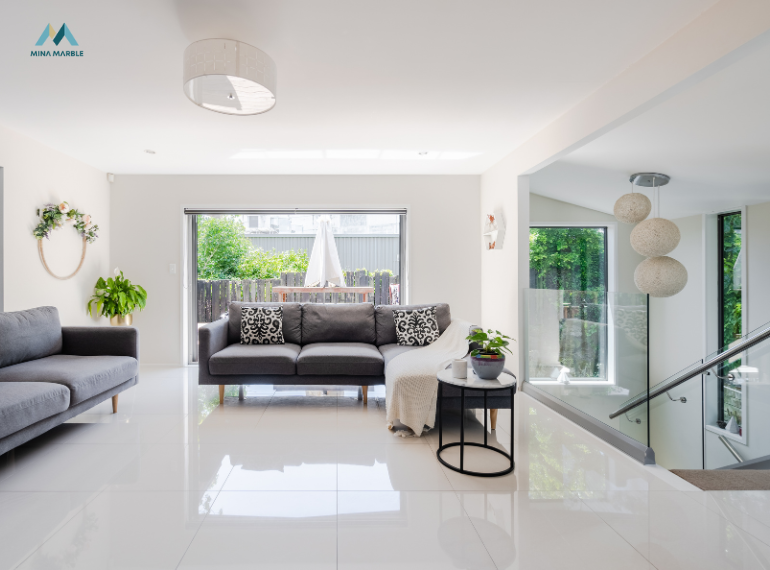
7 Principles of Interior Design For Inspiration
Interior designing is the layer of decoration on the interior of a building. Designing your space can be incredibly exciting, but also intimidating, daunting, and challengingly complex. Good interior design not only looks beautiful but also improves overall quality of life. Whether you re looking to find the best interior design inspiration for your space or for an upcoming renovation, you simply need smart ideas, it pays to hone in on what you want and need before you figure out how to design anything. Many thinks that designing homes are fairly modern however the concept and processes involved are quite ancient. The art of decorating homes traces its humble beginnings to the ancient Egyptian civilization.
These are the 7 Principles of Interior Design when designing your home or office
- Balance
- Rhythm
- Emphasis
- Contrast & Variety
- Scale & Proportion
- Unity & Harmony
- Details
“Thinking about design is hard, but not thinking about it can be disastrous.” – Ralph Caplan
Accomplishing balance is arguably the key and the same applies in visual sense of interior design. Balance in interior design is more of stability and balance can be applied depending on personal preferences. A good rhythm can enhance interior design spaces and the key to incorporate this is through repetition that captures the eye. You can use similar furniture styles in your bedroom and living areas to provide intriguing comparisons.
Emphasis could be a piece of art, a colorful draped couch or the shelves that holds together. It can be in the form of color, pattern or texture. The best way to achieve contrast and variety is through painting opposite colors like black and white or putting up two different shapes connect together such as round mirror and a rectangular dining table. Proportion is the ratio between the size of one another and the scale is how the size of one object relates to another or to the space in which it is placed.
Unity is a flow and relationship between the elements that functionality and aesthetics merge. It creates a healthy and wholesome space for whoever inhabits it. When planning or decorating, it is crucial to pay close attention to the details. Interior designers always take great care in selecting the colors, textiles, textures, styles, and products that go into the decoration of a place. The color or texture of the wall or the way the floor pattern complements the furniture are to be taken care in details when designing your home or office.



